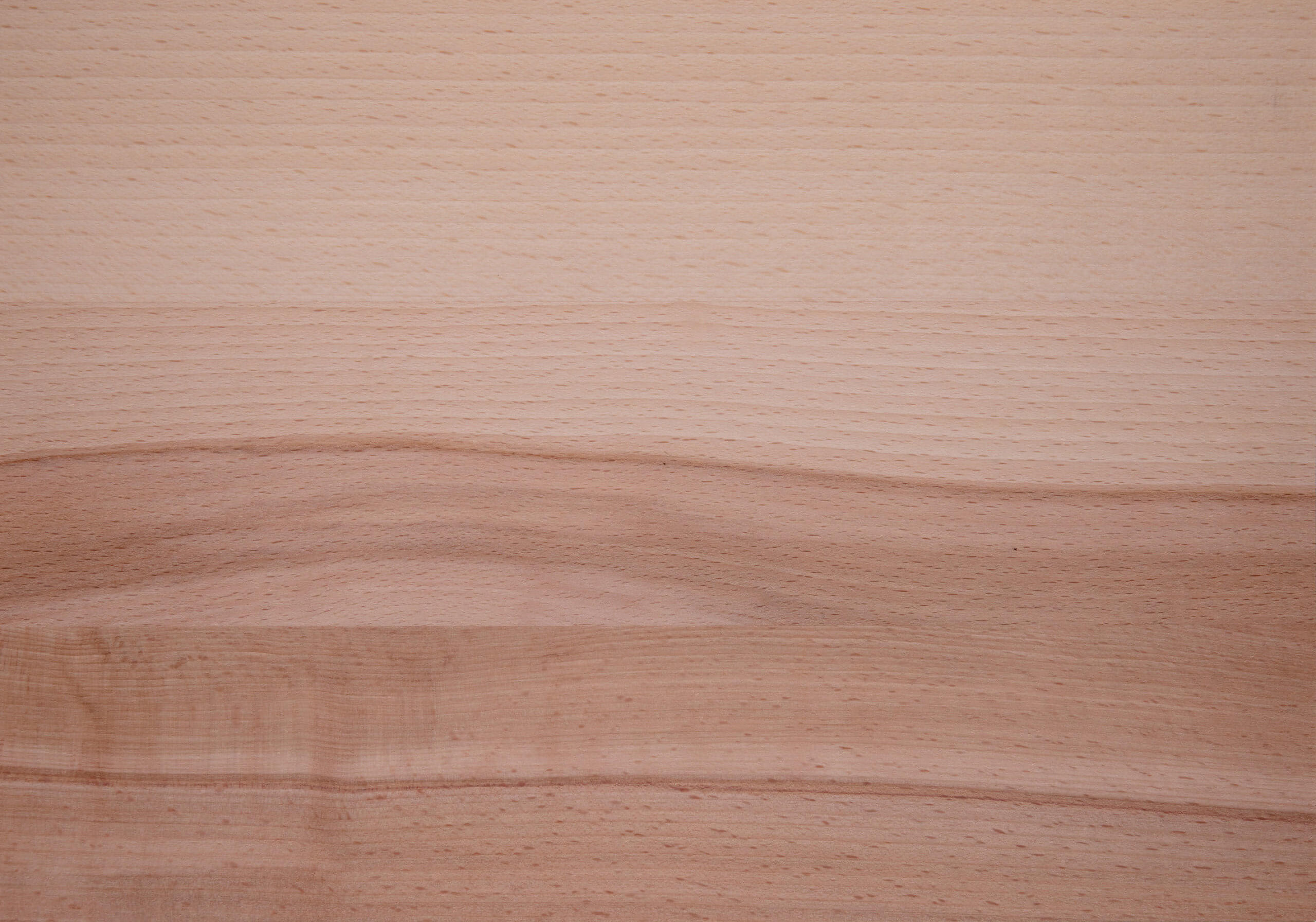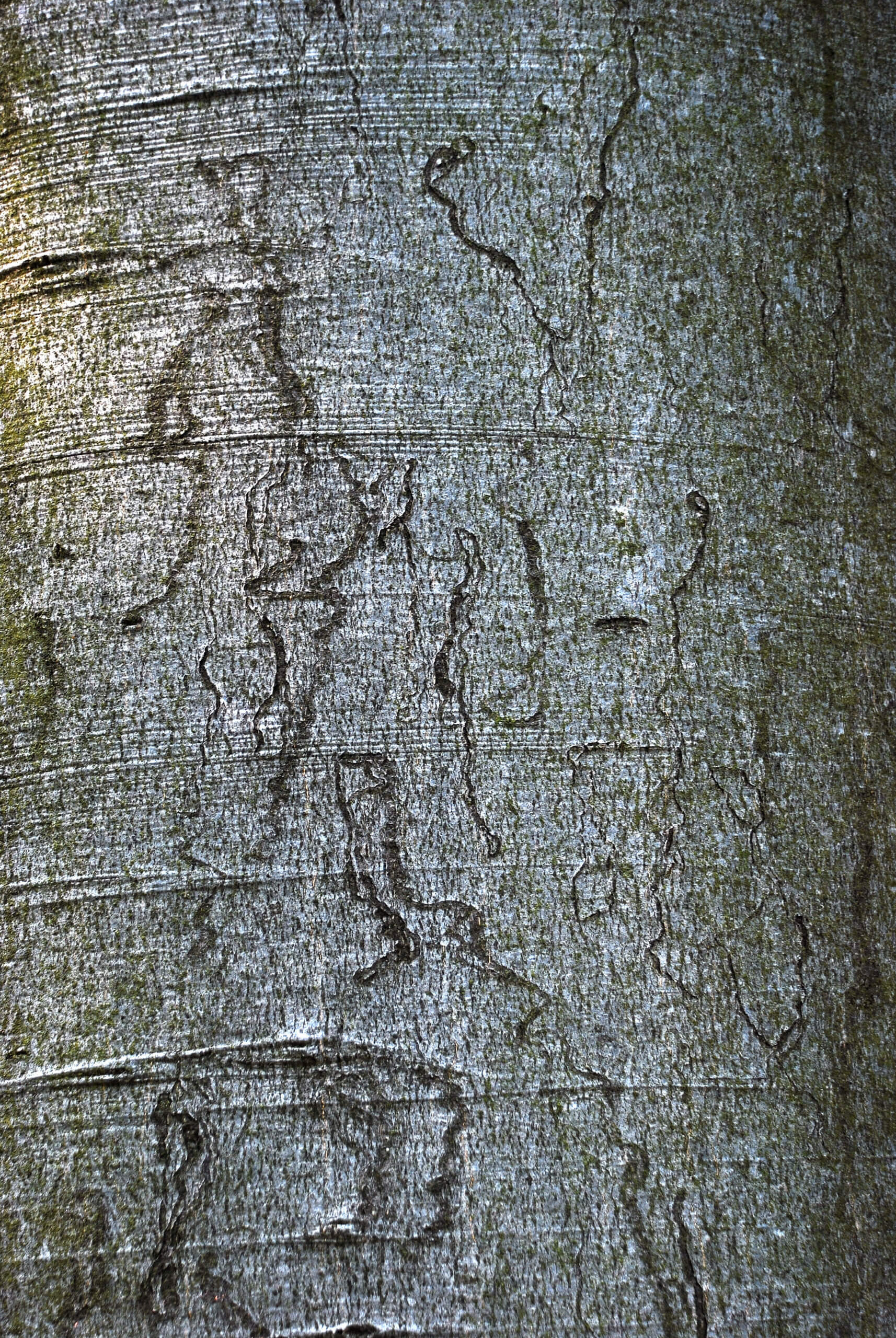Heartwood beech / Core beech
bot. Fagus sylvatica

Heartwood beech is basically an ageing beech. Due to metabolic processes of the cells, the beech forms a mostly reddish, characteristically marked heartwood with age, which is clearly distinguishable from the outer, light-coloured sapwood. The heartwood is stronger, more striking and more vividly grained, but just as strong and resistant. Only old beech trees from 80 to 120 years old develop the sought-after heartwood inside the trunk.
Comments
Susceptible to fungus and insects. Not weather resistant.
Hardness grade
28 - 41 Brinell
Due to its low natural durability, the wood is only used indoors for furniture and interior finishing work. The wood of the heartwood beech is mainly used for decorative fronts and table tops.
Origin
- The habitat today extends from southern Scandinavia to Sicily.
- Western, central and southern Europe, a typical tree of the oceanic climate.
- Within its central growing range in the Atlantic climate of the submontane stage, it is exceptionally competitive and displaces most other tree species. Beech forests are therefore relatively poor in mixed tree species in many cases.
Wood character
- The wood is heavy, very evenly structured, hard and has a high abrasion resistance.
- The sapwood is yellowish-brown.
- The heartwood is reddish-brown, mostly set off in clusters or also star-shaped.
- The distinctive grain patterns give furniture a lively and rustic texture and preserve the natural character of beech.
Use
- Decorative wood for furniture construction, for example for table tops or bedsteads..
- Construction timber.
Characteristics
Weight: 720 KG/M³
Weight (Average bulk density air dry, ᵨ 12...15)
Average hardness: 34 N/MM²
Average hardness according to Brinell (radial)
Stability: gering
Dimensional and form stability
Durability: nicht dauerhaft
Natural durability according to DIN-EN 350-2



